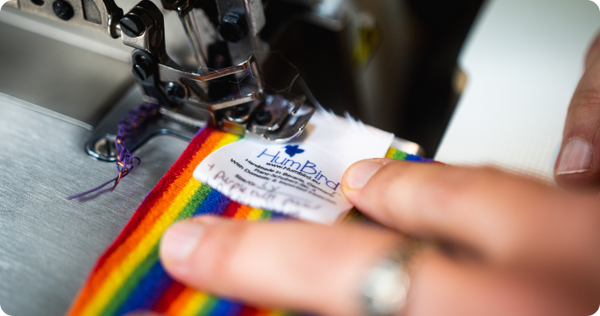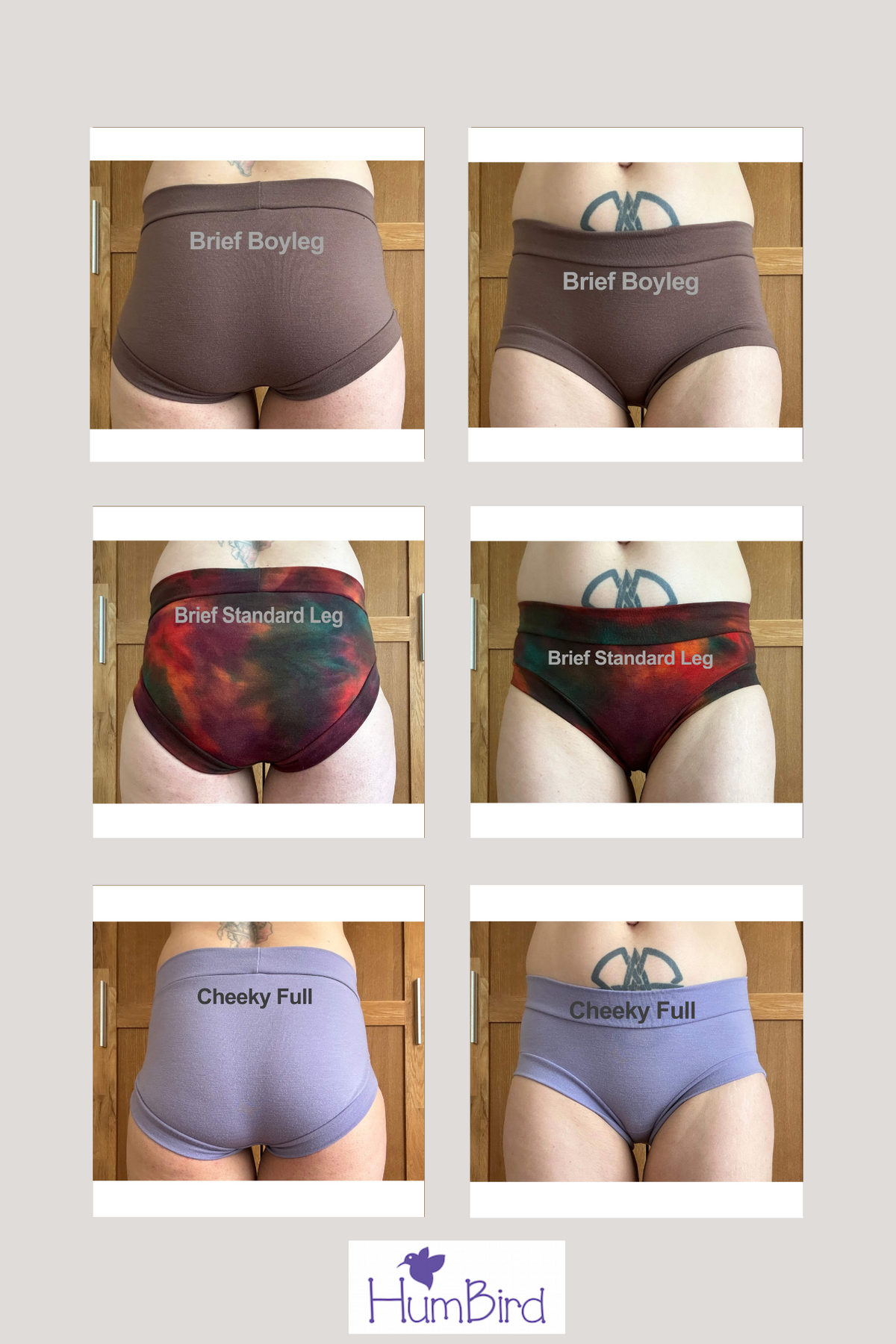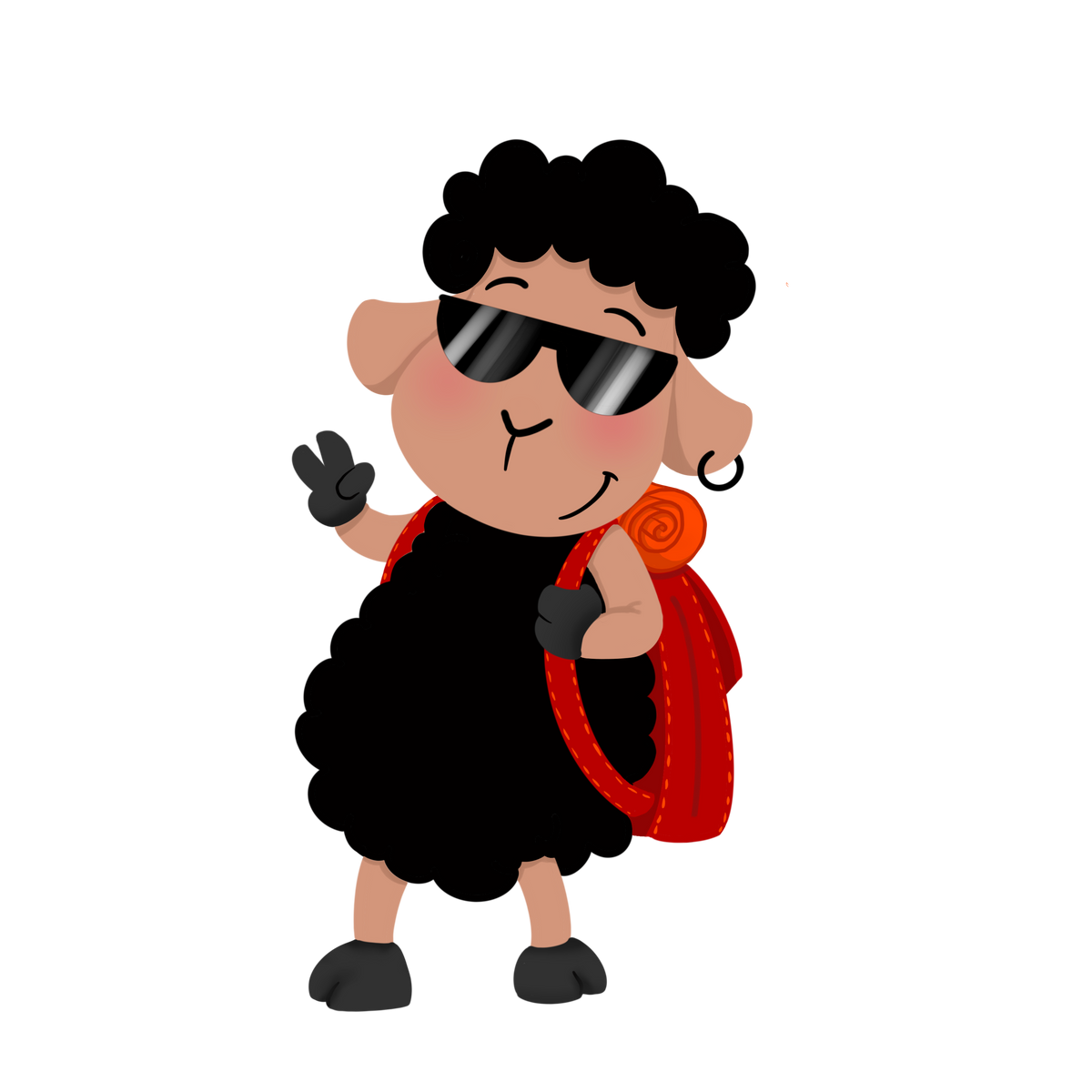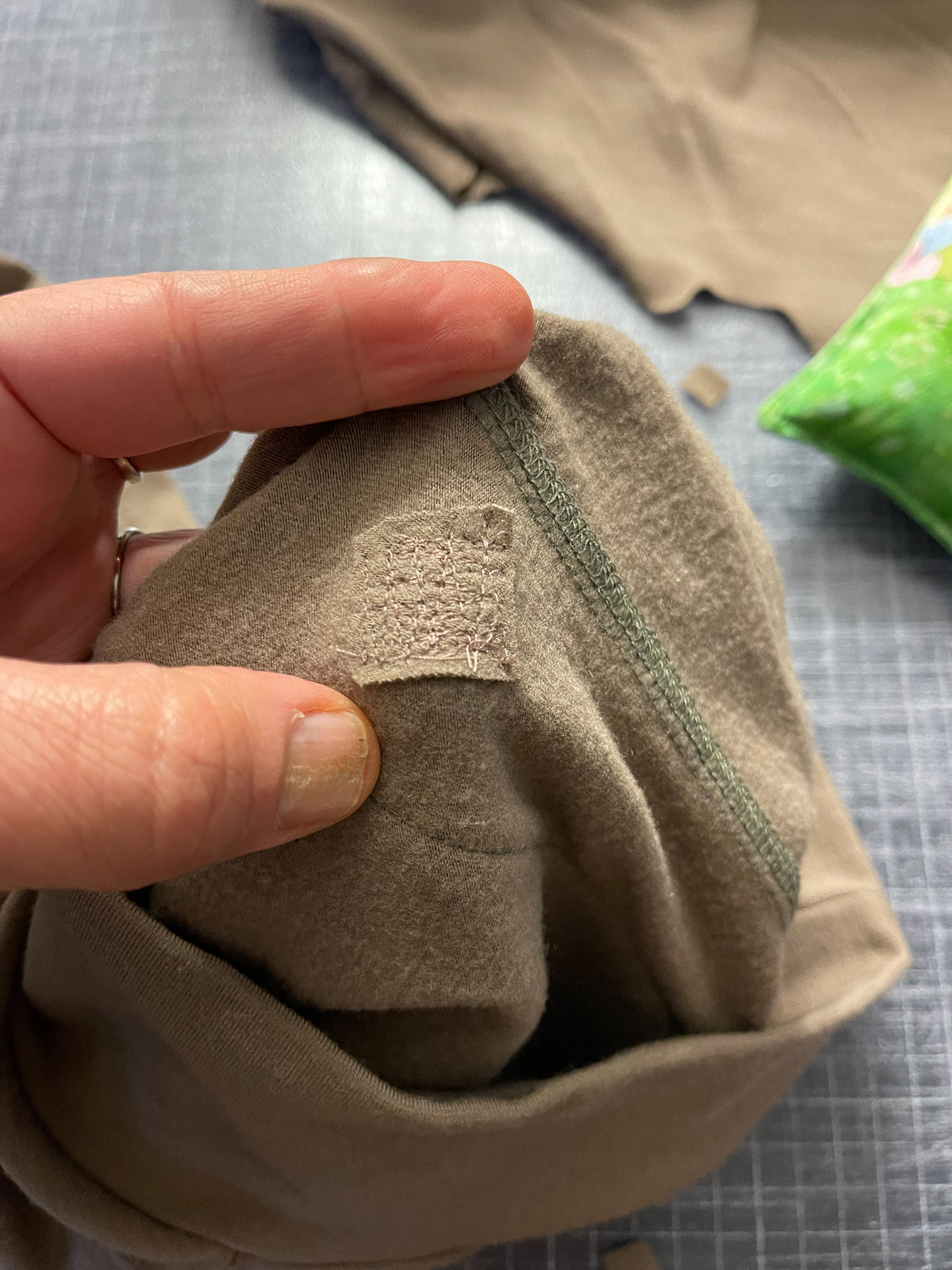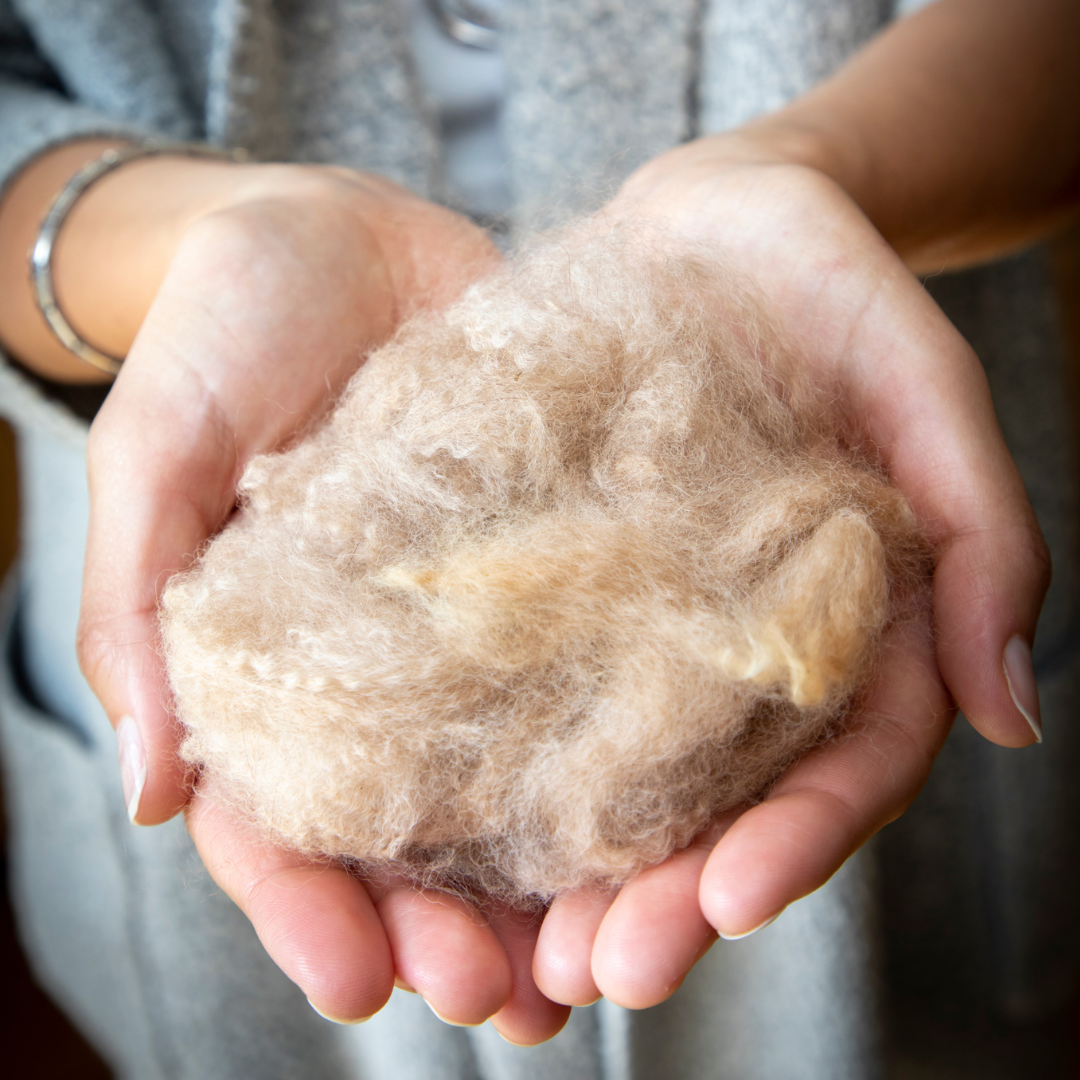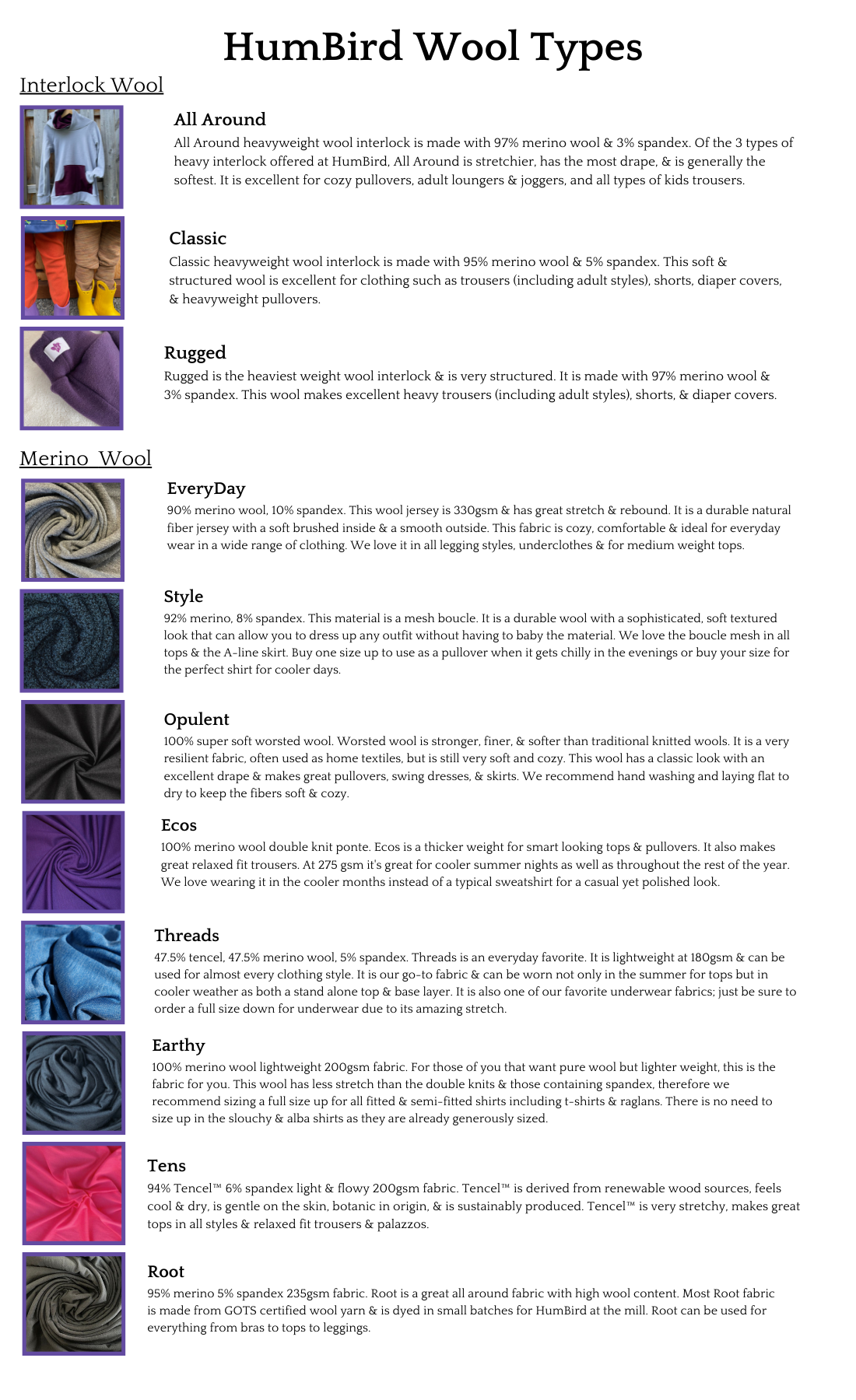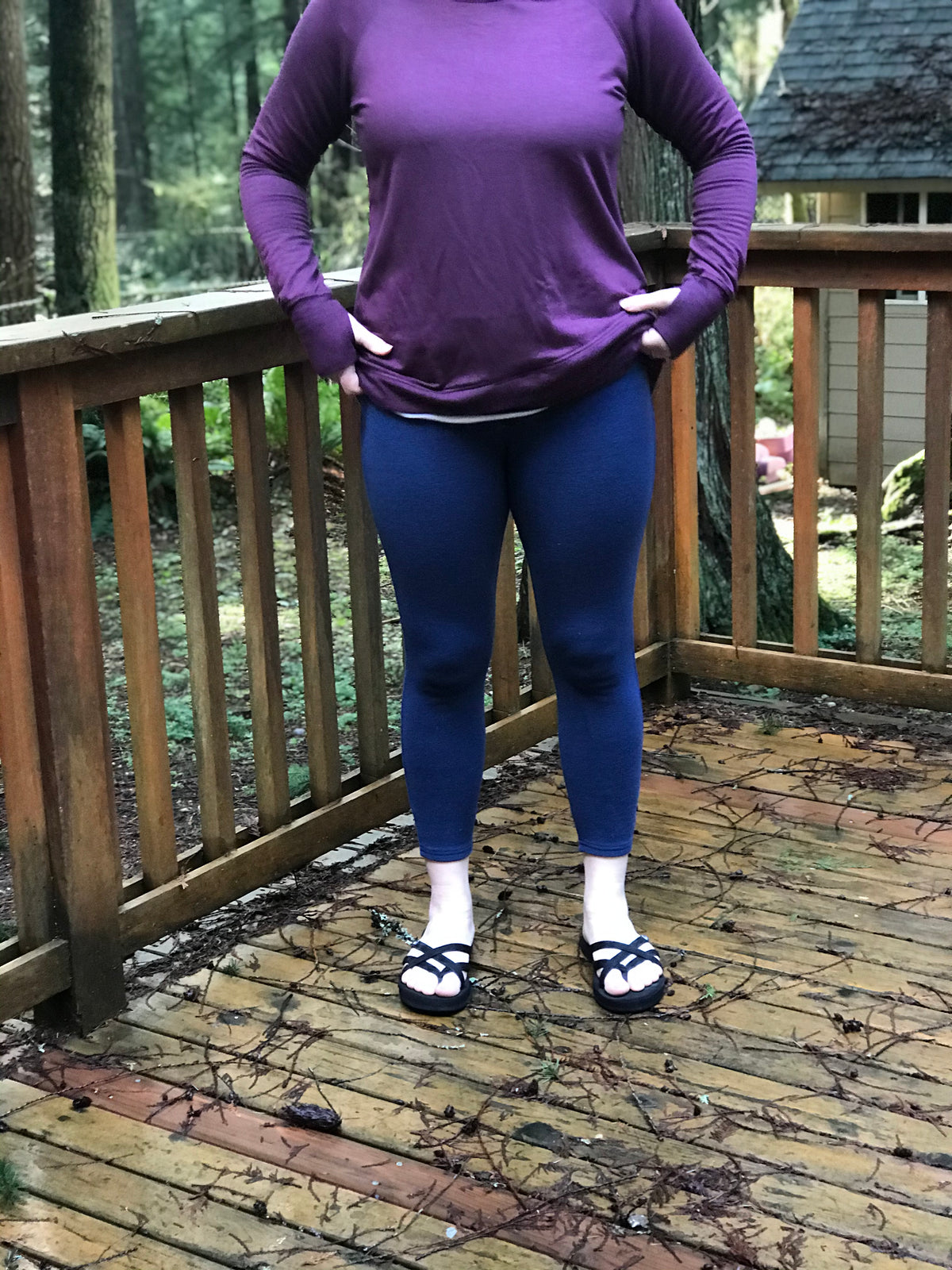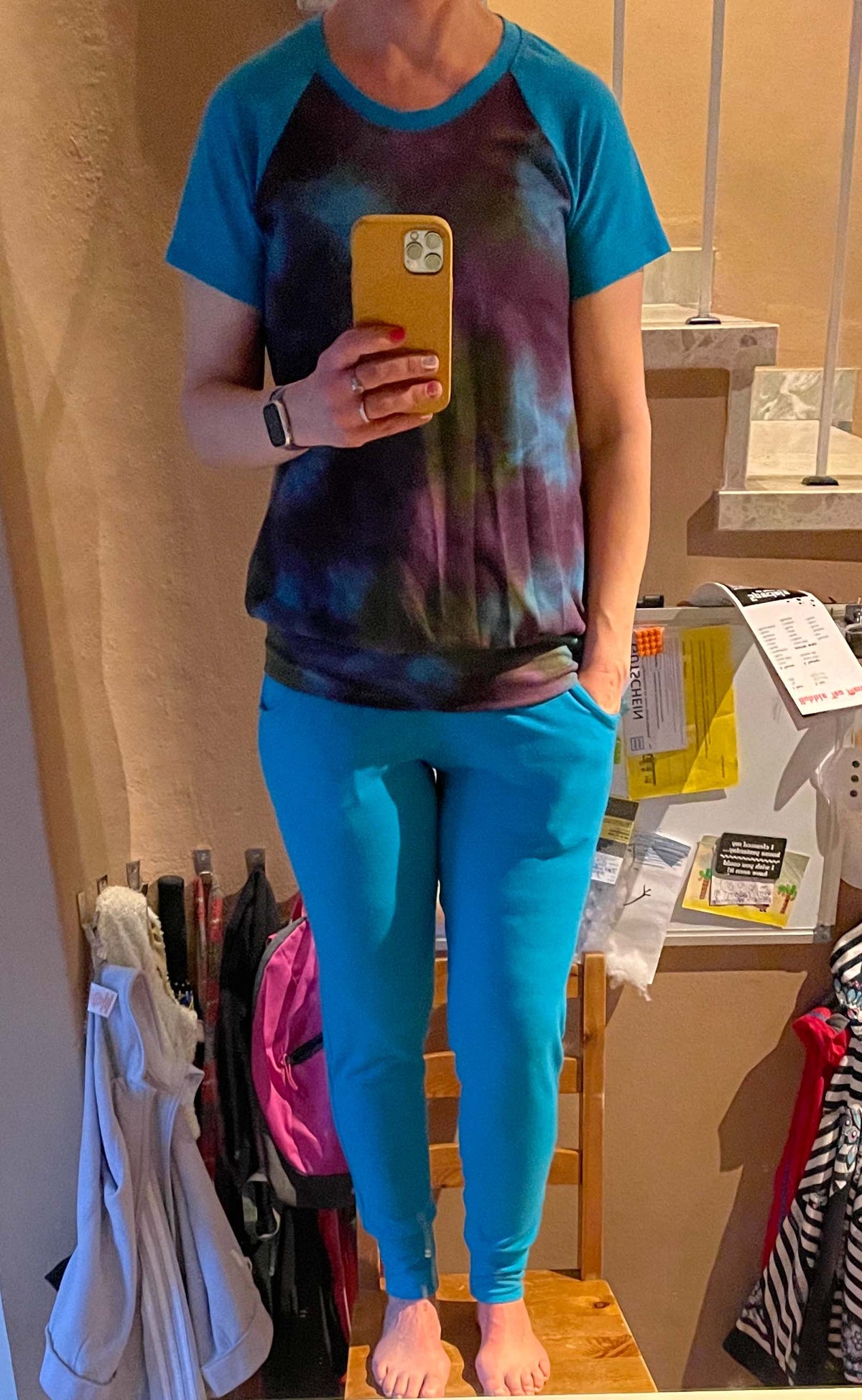May 23, 2019
Wavy seams: a discussion.
This experiment and subsequent blog post came about due to questions about thinning/wavy seams in the summer of 2018.
Why are some seams wavy?
Why are some seams stretching out/seeming to thin?
Why is the same wool, style, and color wavy at one person’s home and not at another?
If you were not around during this time (summer of 2018) here is a brief explanation. This originated while a few woolies were posted whose seams looked extremely and atypically wavy and distressed after a short amount of time. The question naturally arose "Why?". Why happened to be a very difficult question to answer because there were (and still are) people using the first preorder of HumOriginal (02/2018) with no issues. So the question begs, why would a few of these woolies have these issues?
The entire team spent hours and hours discussing and researching, which turned into weeks and months reaching out to other fabric makers and our own mill and here we are almost a year later, having taken this research and professional opinions, conducted our own experiments #forscience, and finally have a good understanding of some contributing factors to premature and atypical wear.
Through the very stressful summer of 2018, after discussions about wool with professionals in the textile field and asking the HumBird community for feedback, we chose a tightened weave of the wool, came out with an intensive wool care guide, and product recommendations to keep everyone’s wool in as best shape as possible.
The first change that occurred, in the interest of creating a fabric less prone to excessive waviness at the seams, was that the HumOriginal yarn was knit slightly tighter than before, now known as HumClassic. This means that it does not full (felt) as much as HumOriginal, but the tighter knit gives it a higher pre-fulled (also known as pre-felted) density. While this was made to help combat potential waviness and subsequent thinning it did not answer the question of why a few had excessive waviness combined with thinning and many did not.
There are many things that go into why clothing wears out. Obviously age and use are factors, and for wool, proper cleaning and care is a major factor to the longevity of the fabric. That is why the HumBird team created an extensive wool care guide that is available on the website and in our Facebook group. There is also a very detailed video on how to lano on our YouTube channel as well.
It also happened that over the last year several messages were sent to HB about wool care products and seams becoming super wavy and showing thinning, sometimes after only the first wash in a specific product. After thorough discussions with these people it was noticed that there was a probable correlation between wool care products (and care in general) and the atypical seam wear. This inspired our own experiment.
Our Experiment
Elements:
1. Two identical pairs of HumBird wool.
Wool: HumOriginal
Style: PANTS
Size: SL
Color: Olive
Differentiated only by a mark on the size tag denoting which wool care products were to be used. For the purpose of this paper they will be referred to as “Wool 1” and “Wool 2”. Wool 1 used only Unicorn beyond clean and Wool 2 used Brand X (specifics shown below).
2. Two wool washes.
Wool wash 1 (WW1): Unicorn Beyond Clean
Wool wash 2 (WW2): Brand X lanolin free unscented wool wash
Wool wash 2.1 (WW2.1): Brand X lanolin rich scented wool wash
Wool wash 2.2 (WW2.2): Brand X deep clean wash
3. Unscented lanolin used on both
4. Scented Emulsifier cubes used on both
Experiment Goals:
Tester child will wear each pair of wool the exact same amount of time and in similar environments/experiences (indoor and outdoor.) Wool will be worn as a diaper cover (coming in contact with urine.) The number of wears and wash log will be kept. Each pair of wool will be washed after the same amount of wears as the other. Wool will be hand-washed in a plastic container with lukewarm tap water with specified wool wash as assigned to each specific pair of woolies. Wool will be spun out on the delicates cycle in a washing machine and laid flat to dry. Wool wash will be used according to the directions on the labels but also within the same times as each other so that no one piece of wool is left soaking longer than the other. A digital timer will be used to time all washing and lanoing processes.
Experiment:
Wool was worn by a child the uses the wool as a diaper cover. Worn with flat diapers exclusively for the duration of the experiment.
Before the first wear each pair of wool was lanolized using the same lanolin. The lanolizing process for each pair of woolies were the same using the same scented emulsifier cubes and unscented solid lanolin in the same amounts and for the same amount of time. Lanolin baths did not exceed 20 minutes.
Wool 1 was only washed with Wool Wash 1 (WW1)
Wool 2 was washed with all Brand X wool washes (WW2, WW2.1, WW2.2) all of which are recommended for cleaning wool interlock woolies. Directions were followed in all cases.
WW1 directions stipulates a recommended maximum wash time of 15 minutes. Brand X wool washes do not stipulate a minimum or maximum time. 15 minutes was allotted for both Wool 1 and Wool 2 for the totality of wash time including washing and soaking.
Wool wear and wash log:
Wool 1: initial lanolization. IIIII (5 wears then washed with WW1 and then lanoed) IIII (4 wears then washed with WW1 and then lanoed) III (3 wears then washed with WW1 and then lanoed.)
Wool 2: initial lanolization. IIIII (5 wears then washed with WW2 and then lanoed) IIII (4 wears then washed with WW2 and then used WW2.1 as lano) III (3 wears then washed with WW2.2 and then lanoed.)
The photographs below show each pair of woolies and their subsequent conditions after the completion of the experiment. Remember the only real difference in these two woolies is the type of wool wash used. Please also note that some waving of seams is normal even for relatively new woolies. This is true for any serged seam of any stretch fabric. Cotton lycra leggings also have wavy seams although it is less noticeable due to the fabric not being as thick and therefore the seam not being as large and noticeable.




We later noticed there was quite a difference in colour also:

This experiment paired with anecdotal evidence by our customers have led us to a conclusion and recommendation. Brand X does cause atypical seam waviness, premature wear, and excess colour loss. HumBird will continue to recommend Unicorn wool care products.
Please note, as discussed at length in the HumBird Wool Care Guide, there are numerous variables that will have an impact on the washing conditions and the reactions to a fabric. There are far too many factors as such to make a single product universally perfect or poor. What works for some may not work for others. This year long journey has solidified that fact.
If you currently do not have an issue, then do not feel like you need to change your current routine. If you are having these issues it may be time to switch wool care products. And, as always, if you have any questions about wool care that our wool care guide does not answer please message a member of the HumBird team. We are happy to help.
Please remember that woolies, like all clothes, will wear out. Eventually you will have thinning and wavy seams, like wool 1, is normal for that amount of wear.
HumBird is not, and will never, speak against another company. This recommendation is based off of the results of our several months long experiment and the amassed personal testimonials of other customers who have had these issues. Please note, we are not a scientific lab but we are confident in our results as they have been laid out here for you. The goal of all of this is to give our customers the best information we have as to give all HumBird woolies their best and longest lives.
Thank you to all of our customers that assisted us in this year long journey to find these answers. A HUGE thank you to our HB family that keeps our HumBird community so special and the feedback that continues to push HumBird as a company and as a product to be the best it can be. We are humbled by the love and support of our customers.
Love,
Dawn and the HumBird Team.

